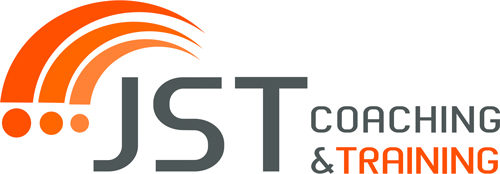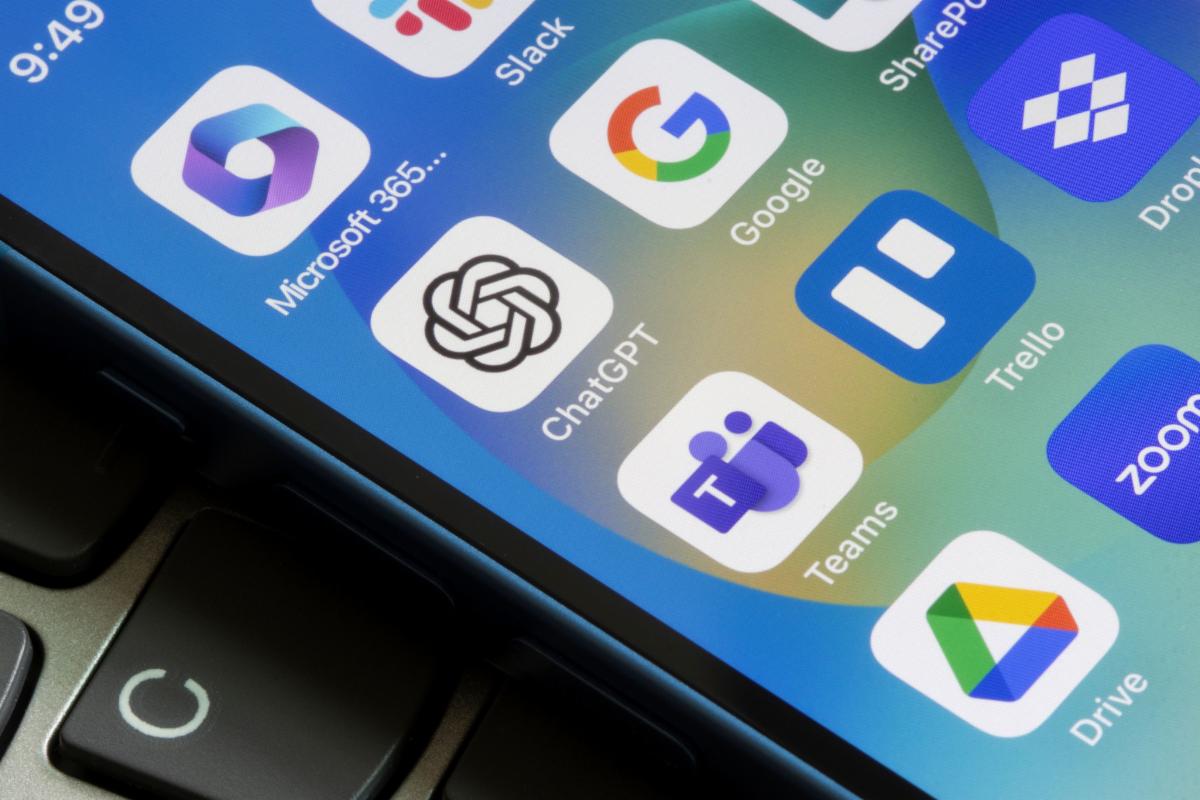We are thrilled to share recommendations and insights from our guest, Micah Saviet, adapted from his blog posts on https://medium.com/@techforADHD
Micah Saviet, LCSW-C, NBC-HWC
pathways-ahead.com
Recent years have seen a rapid increase in digital tools to support individuals with ADHD and related challenges. Along with this relative explosion of options, I have taken an interest in supporting clients’ and coaches’ ability to locate and incorporate beneficial, safe, and reliable digital tools to support individuals with ADHD and executive functioning challenges (EFs).
In doing this, I have conceptualized digital tools for ADHD as falling into three buckets:
- Support for EFs
- ADHD tracking and management; and
- ADHD treatment.
Each of these buckets serves an important function – and each bucket also includes a range of specific tools. But, because of the plethora of tools available, it can be difficult to know where to start! So, here are my recommendations for selecting and incorporating digital tools for ADHD.
General Tips:
- There is no one-size-fits-all. Keep in mind that individuals have different presentations of ADHD and associated EF challenges, so the choice of digital tools and matching tools to individual preferences often looks quite unique.
- Start simply. The best way to start exploring what tools to try is to:
- Ask yourself what EF or symptom you are looking to outsource; and then
- Identify apps that provide this specific type of scaffolding.
Selecting Apps:
- In terms of bucket one, support for EFs, in a blog post for OneMind PsyberGuide, I outline some apps that can be useful in supporting EFs across 6 domains: activation, focus, effort, emotions, memory, and action.
- In terms of bucket two, ADHD tracking and management, I have included some ideas in this blog post.
- In terms of bucket three, digital tools that are actually used to “treat’ aspects of ADHD, I have written a blog post with a free handout that covers 8 digital tools to treat ADHD.
Trying the New App:
- Set a plan for a trial period with structure and accountability.
- Give yourself enough time to really try one app before jumping to another.
- Follow up and check in with yourself to see how the digital tool is working and if any tweaks needs to be made on its use or if it’s time to try a new one.
For Coaches

As described above, there are many ways to use digital tools to support individuals with ADHD. With the AI race, the digital landscape is rapidly changing. Coaches can be mindful of a client’s excitement and eagerness to experiment with digital tools while also encouraging safety, digital literacy, and privacy. The plethora of currently available apps provides a wide variety of options for supporting the unique EF challenges and needs of individuals with ADHD.
Whether externalizing EFs, tracking symptoms to shed insight into behavioral patterns, or directly treating symptoms of ADHD, digital tools provide important leverage to better the lives of individuals with ADHD.

